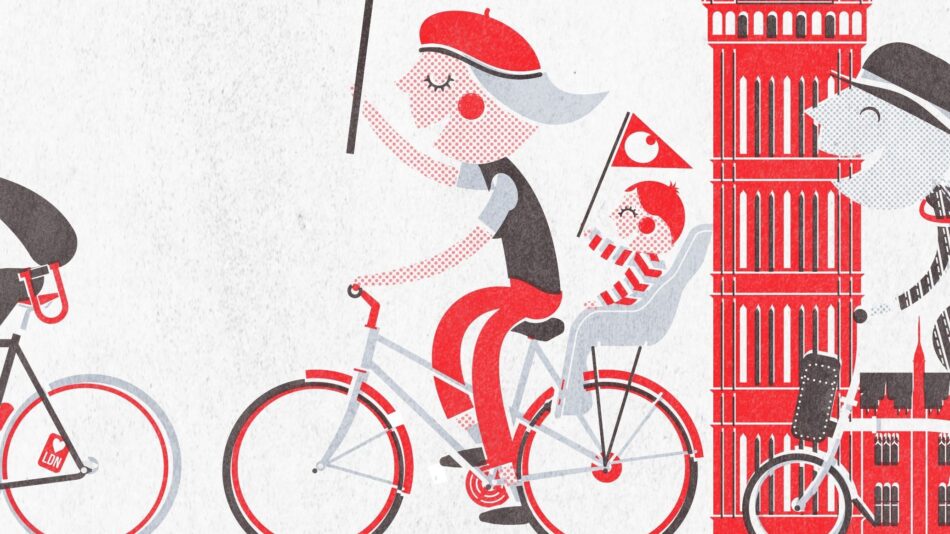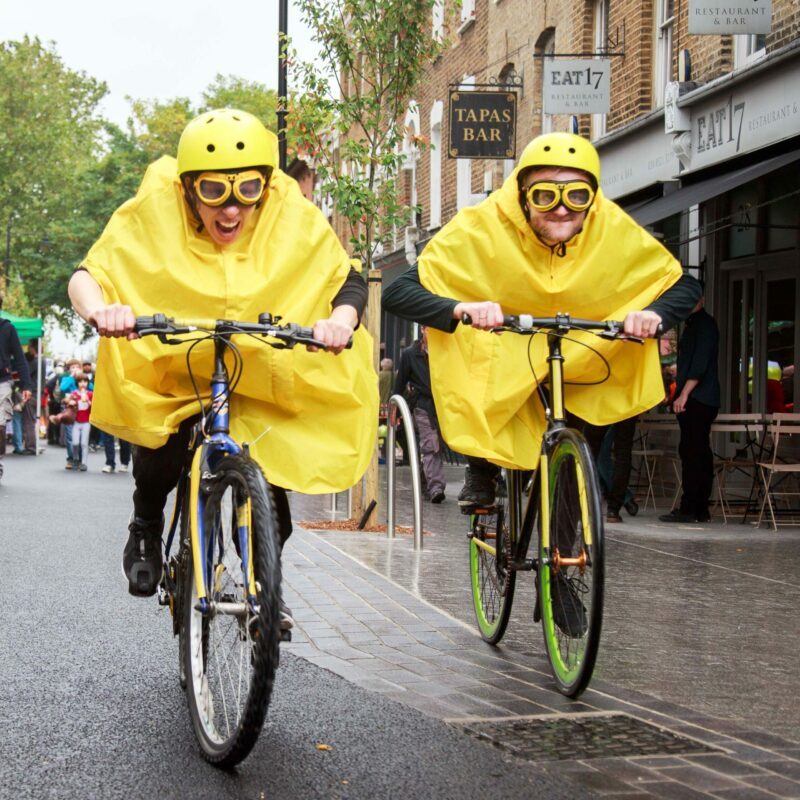

In 2012, LCC asked Mayoral candidates to “Love London, Go Dutch” and deliver streets that could match Dutch cycling. Following a 40,000 strong petition and 10,000 Big Ride across Blackfriars Bridge, all five leading candidates promised to implement our three Go Dutch commitments.
The commitments directly led to major changes to London, including:
The three commitments were:
The next mayor should show their commitment to the principles of the campaign by selecting three high-profile locations for Dutch-style cycling infrastructure, which encourages cycling and walking.
This could mean pedestrianising Parliament Square, turning Tottenham Court Road or Oxford Street into a people-friendly shopping thoroughfare, or tackling an out-of-town centre like Croydon.
The principles that must be adhered to involve segregated bike tracks where motor traffic is heaviest, and in other areas removing through-traffic and creating shared-space.
London is a city that is constantly being regenerated. If Dutch principles of design were made standard here, then in only a few years there would excellent progress towards making many major roads and junctions safer for cycilng and walking.
For example, London Bridge and Vauxhall Cross are both due for major changes in the next few years. The next mayor must make sure cycle safety is a priority for Transport for London engineers.
Cyclists have been universally underwhelmed by the facilities on the Superhighways, which in many places are nothing more than blue paint and bike logos.
Dangerous junctions like Oval and Bow should never be tolerated on popular cycle routes. The next mayor should commit to designing all future Cycle Superhighways, including separating cyclists from motor traffic on the busiest roads, and providing fast and direct routes, with safe junction treatments. Existing Superhighways should be retrofitted with high-quality bike facilities.
Keep Up To Date
